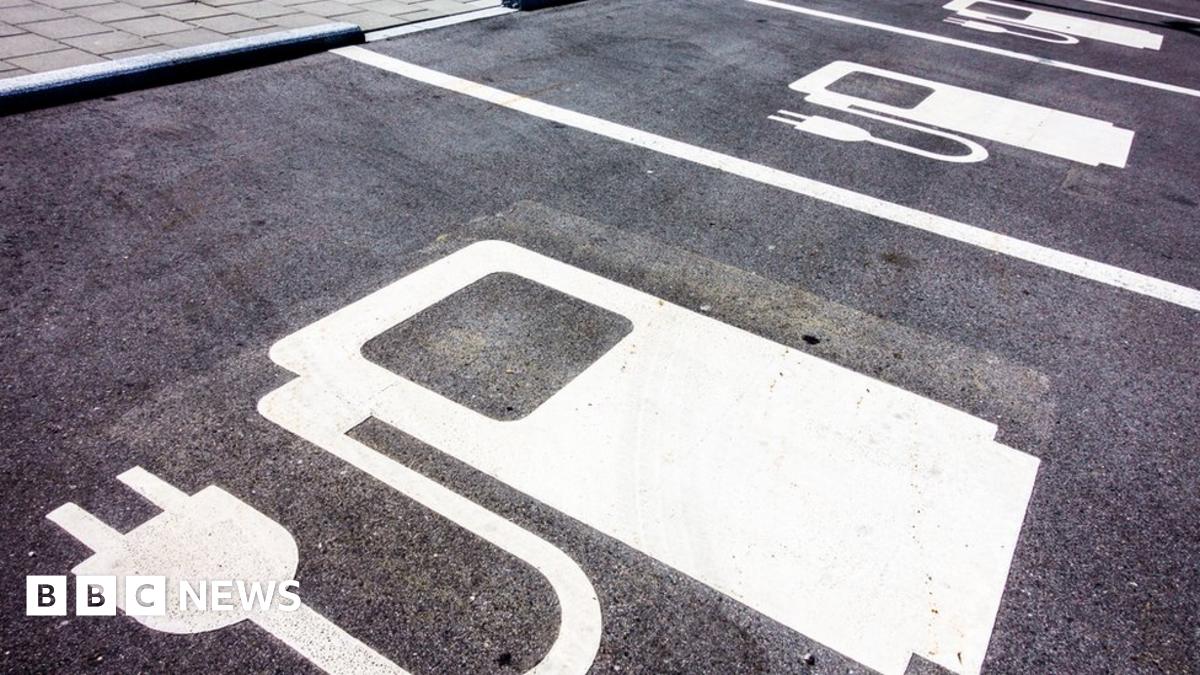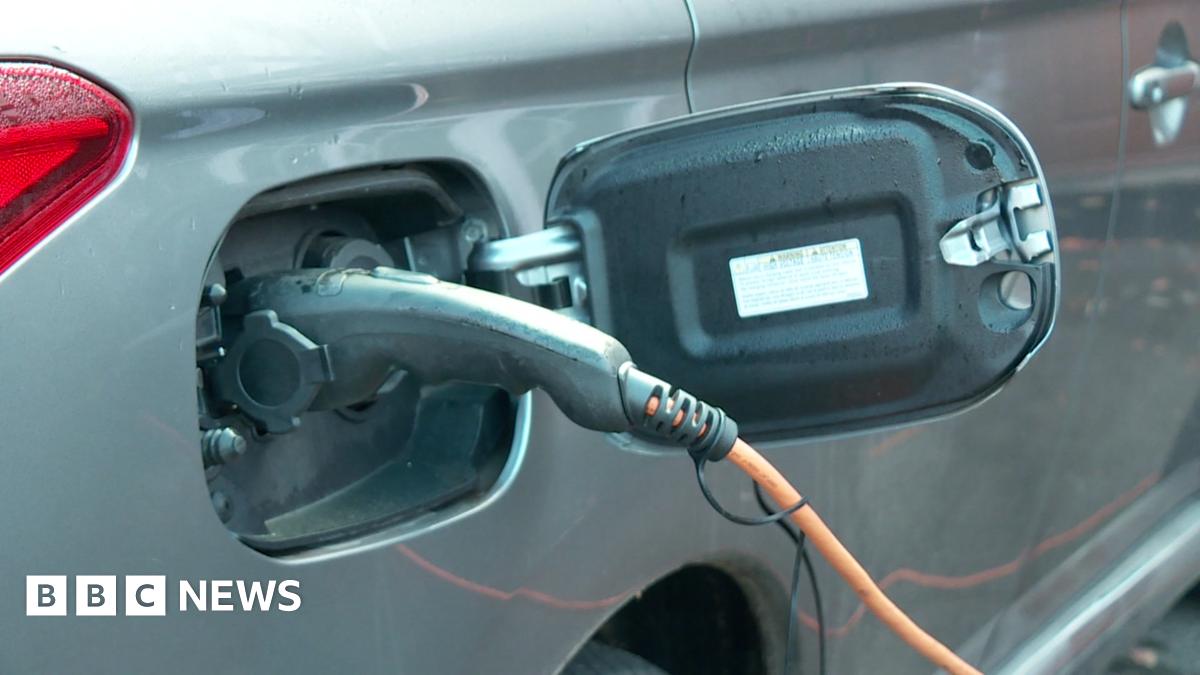I wonder which PHEVs they were testing, probably the Mitsubishi Outlander.

 www.bbc.co.uk
www.bbc.co.uk

Plug-in hybrids are a 'wolf in sheep's clothing'
Although marketed as a green option, the cars cause more polluting than is claimed, campaigners say.






